Google I / O 2016: a new version of Android N, Daydream platform and not only
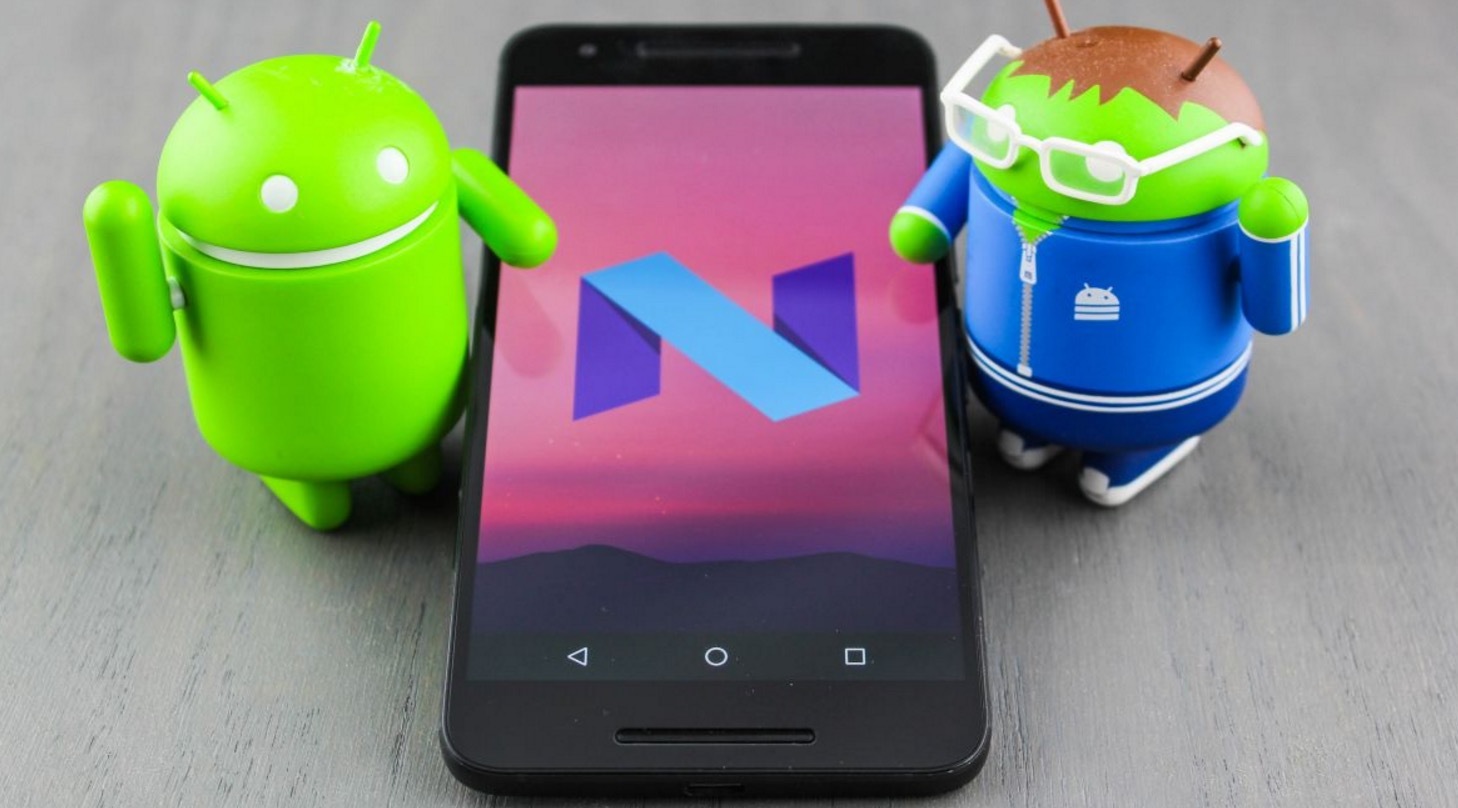
Tonight Moscow time in San Francisco hosted the annual Google I / O 2016 developer-focused conference. During the Google I / O 2016, the company announced several new products, along with the expansion of functionality and various updates. Among the main announcements is a new version of Android N, for which Google offers to choose a name for users.
Android N
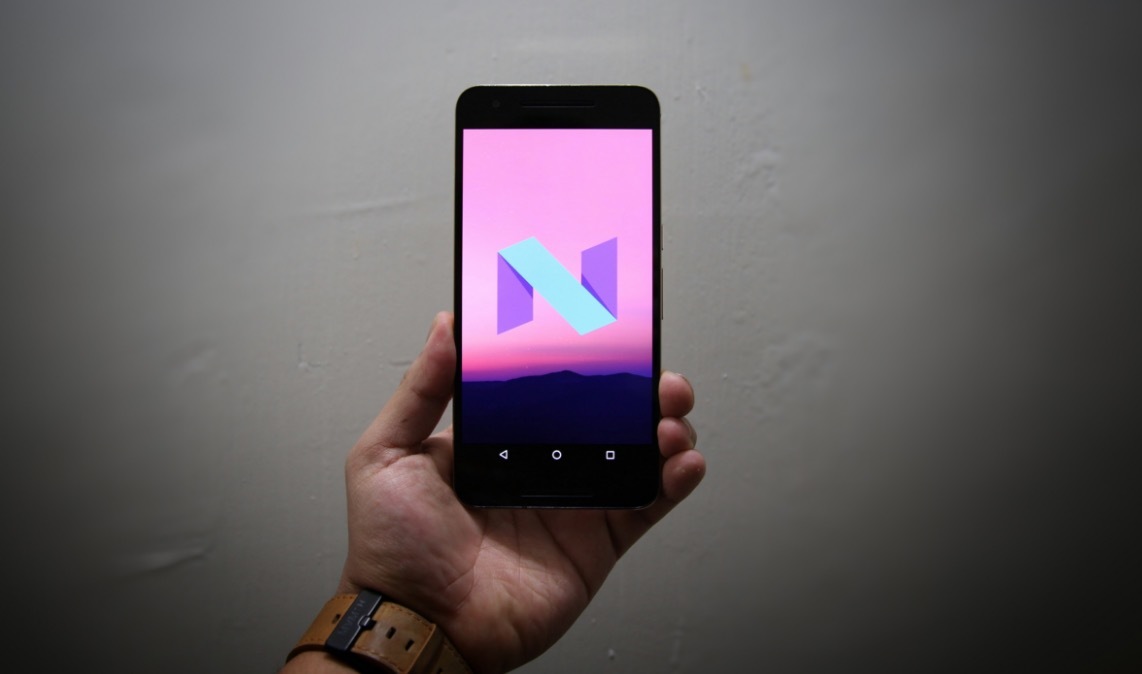
One of the main announcements has become the Android N operating system. The name for the release will be replaced, but for now Google offers everyone the opportunity to leave their version of the name of the operating system on a special site. The choice of the name will occur just from the proposed options.
')
The operating system has received support for the new Vulkan API, which should be the answer to Metal in iOS. In the future, developers will be able to simplify the creation of graphics-demanding games due to this API. The compiler in Android N runs up to 75% faster, and also allows you to release applications with less weight.
In total, the new mobile operating system has more than 250 innovations, a small list of the most significant is the following:
- Support for Vulkan API;
- New Google Assistant;
- split-screen;
- Daydream virtual reality mode;
- Automatic installation of updates when restarting the device;
- 72 new emoji.
The beta version of Android N is now available for download for Nexus devices and Pixel C tablet.
Google Assistant
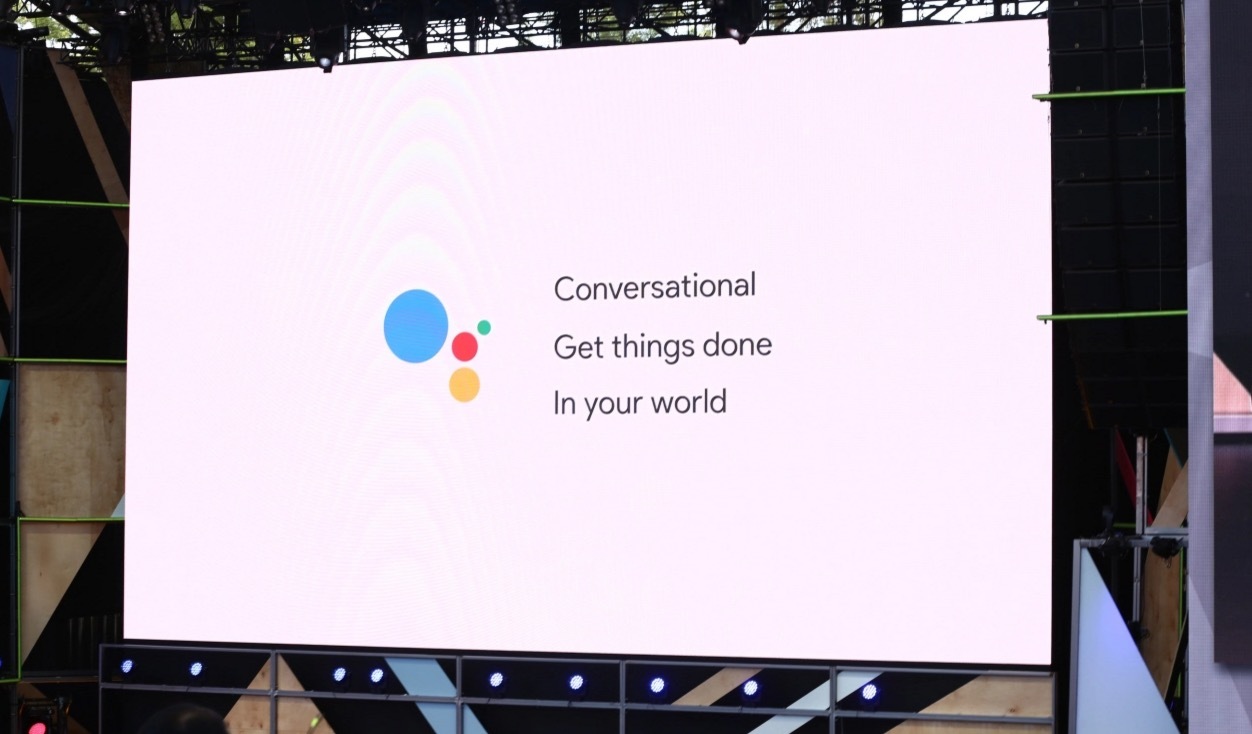
Google search has actually completely changed the way we all search for information. Now Google is trying to do this with the mobile assistant Google Assistant, which understands the search queries in a single dialogue and is a logical continuation of Google Now. The refusal of one-type repetition of requests for each of the cases actually humanizes the search engine. Something similar was recently demonstrated by the Siri developers on the example of the Viv assistant.
Naturally, Google Assistant supports integration with third-party services, which should increase the number of possible variations of actions.
Google home
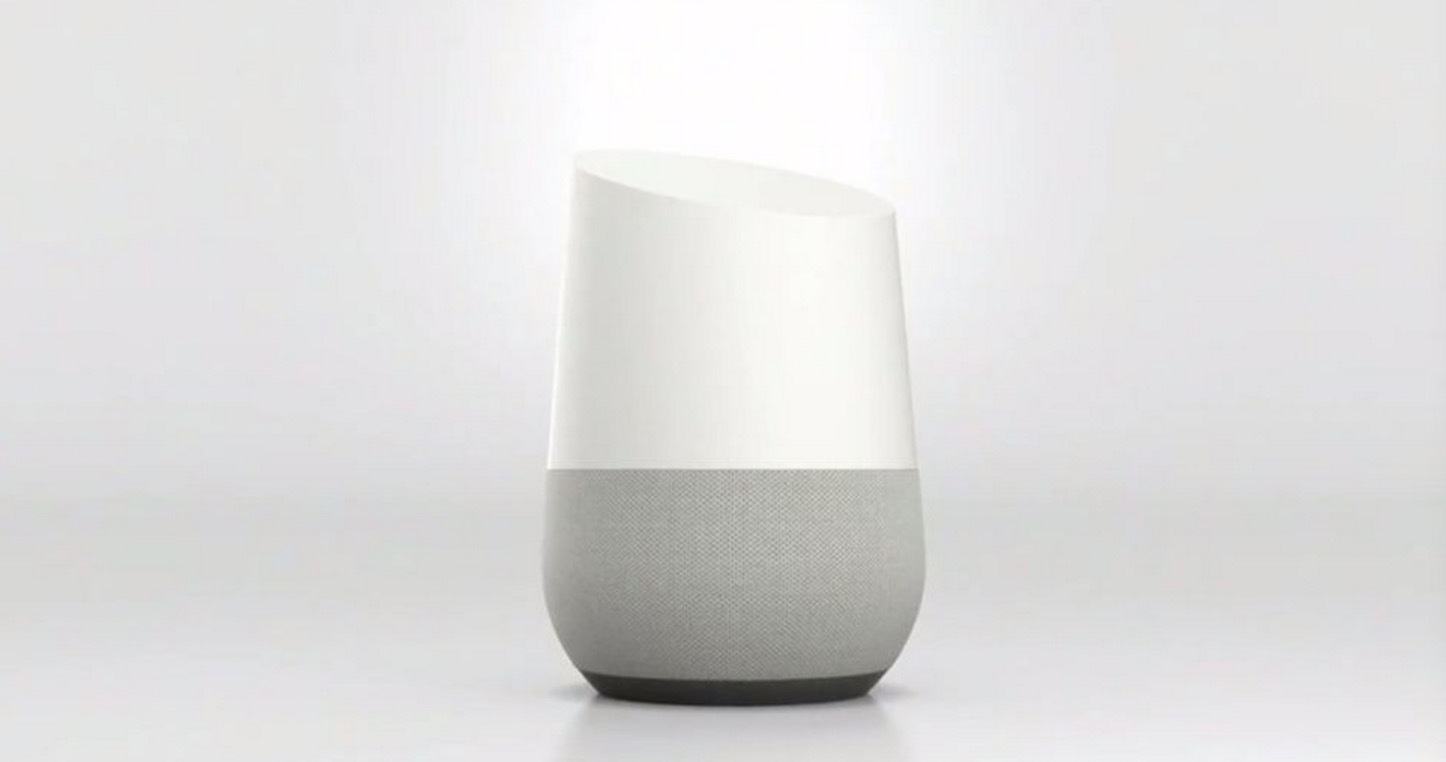
Google’s original answer to Amazon Echo - the release of the home column with the support of Google Assistant will take place this year, the exact date is still unknown. With Google Home, you can control connected devices such as Chromecast, Google Nest, wireless speakers, and others. The feature set is almost identical to the solution from Amazon, but Google Home supports integration with third-party services, which significantly expands its capabilities.
But most of the functions of Google Home are still focused on US residents, as is the case with Amazon Echo. If we consider the support for integration with Nest, then Google Home could potentially become a single home hub, but time will tell in practice.
Allo and Duo applications
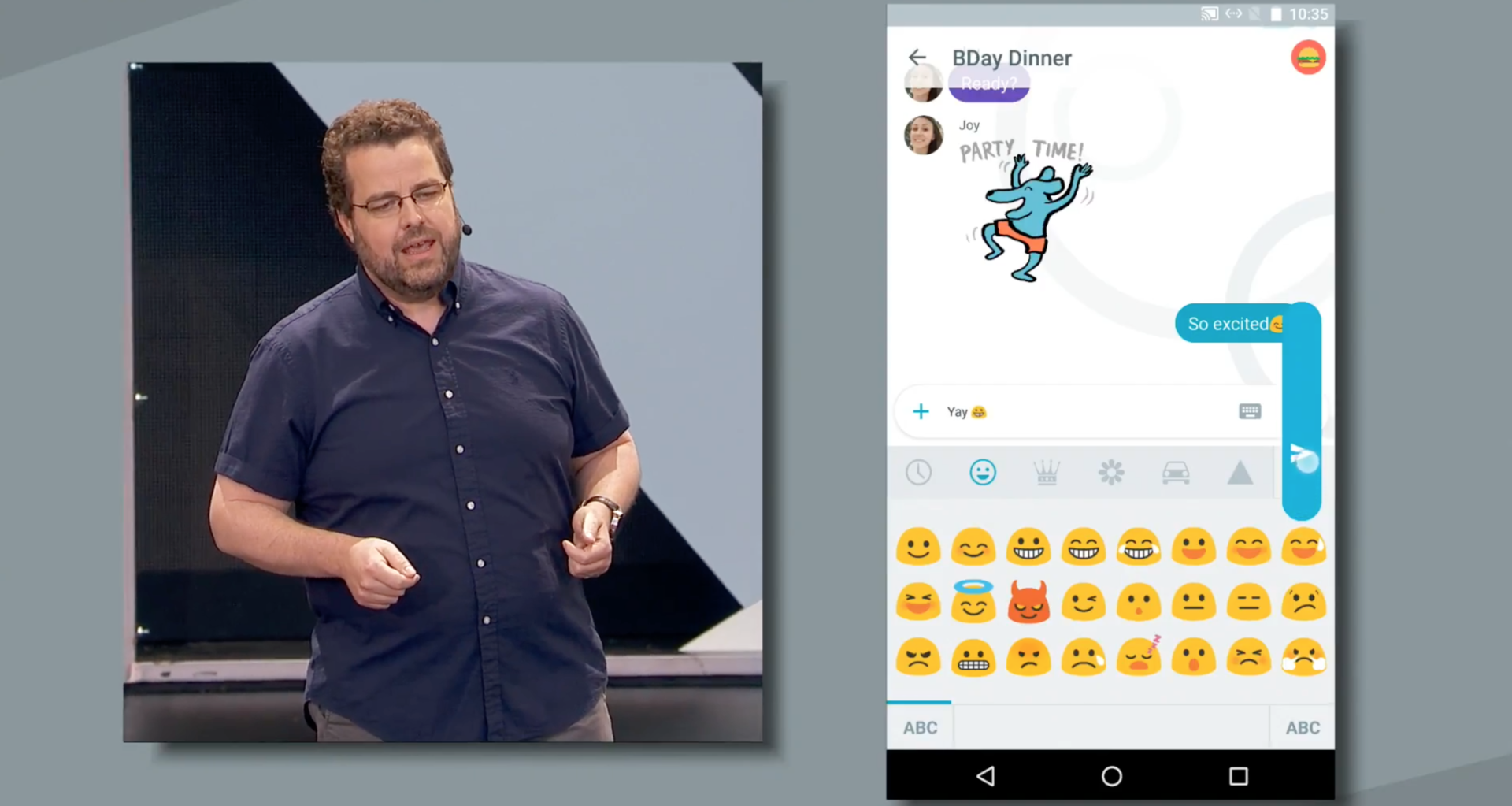
Once again, Google is trying to get into the mobile application market. Now with Allo for sending text messages and Duo for video calls. In Allo there are a couple of interesting features, one of which allows you to increase or decrease the text of the message being sent in order to focus attention on it.
The quick response feature has likewise changed. Now the list of quick answers automatically learns from existing correspondence, offering the most relevant options. Allo also supports bots, with all the available feature set, by analogy with Telegram. Full encryption in the new messenger on the client side will be available only in incognito mode. When it is turned on, it becomes possible to send self-deleted messages, and the entire correspondence history is erased when the chat is closed.
Duo is more complement for Allo and has several interesting features. So, the Knock Knock feature allows the user to view the incoming video stream in order to understand where the person is before picking up the handset. During the call, Duo can automatically switch between Wi-Fi and mobile Internet, as well as automatically adjust the quality of audio and video streams. Release Allo and Duo should be held this summer.
Google daydream

The virtual reality platform is integrated directly into Android N and is an important part of the new operating system. The Daydream platform itself should become the standard of the virtual reality environment on mobile devices. Google also plans to launch reference virtual reality helmet kits and a controller this summer.
Daydream focuses specifically on use in the mobile device segment. It is noteworthy that Daydream is aimed at both gaming and ordinary multimedia applications. The company is already working with HBO Now, Netflix and MLB, which should optimize applications for working with the new platform.
Android Wear 2.0
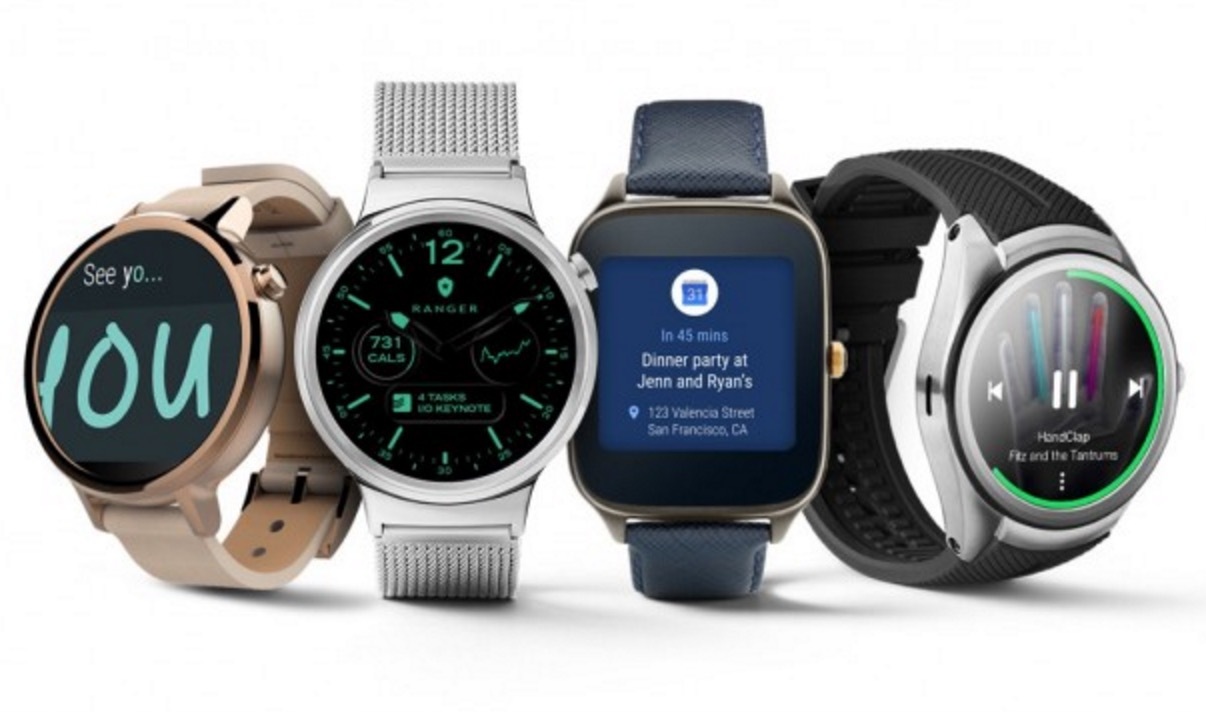
Most of the innovations of the second version of the operating system for smart watches and wearable electronics are focused around applications that no longer need to connect to a smartphone. Now watches with Wear 2.0 will be fully functional without a connected smartphone, which only expands their set of functions.
Also, Android Wear 2.0 will support handwriting recognition. The potential application of this technology is not entirely clear due to the small size of the display in most wearable devices.
Google has improved integration with third-party applications in Android Wear 2.0, simplifying the upload of any data on the selected dial. In Android Wear 2.0 there is an automatic determination of activity - just start to engage in fitness, after which the corresponding mode will turn on. Access to the version of Android Wear 2.0 for developers is open now, and the release should take place later this year, presumably simultaneously with Android N.
Source: https://habr.com/ru/post/394345/
All Articles